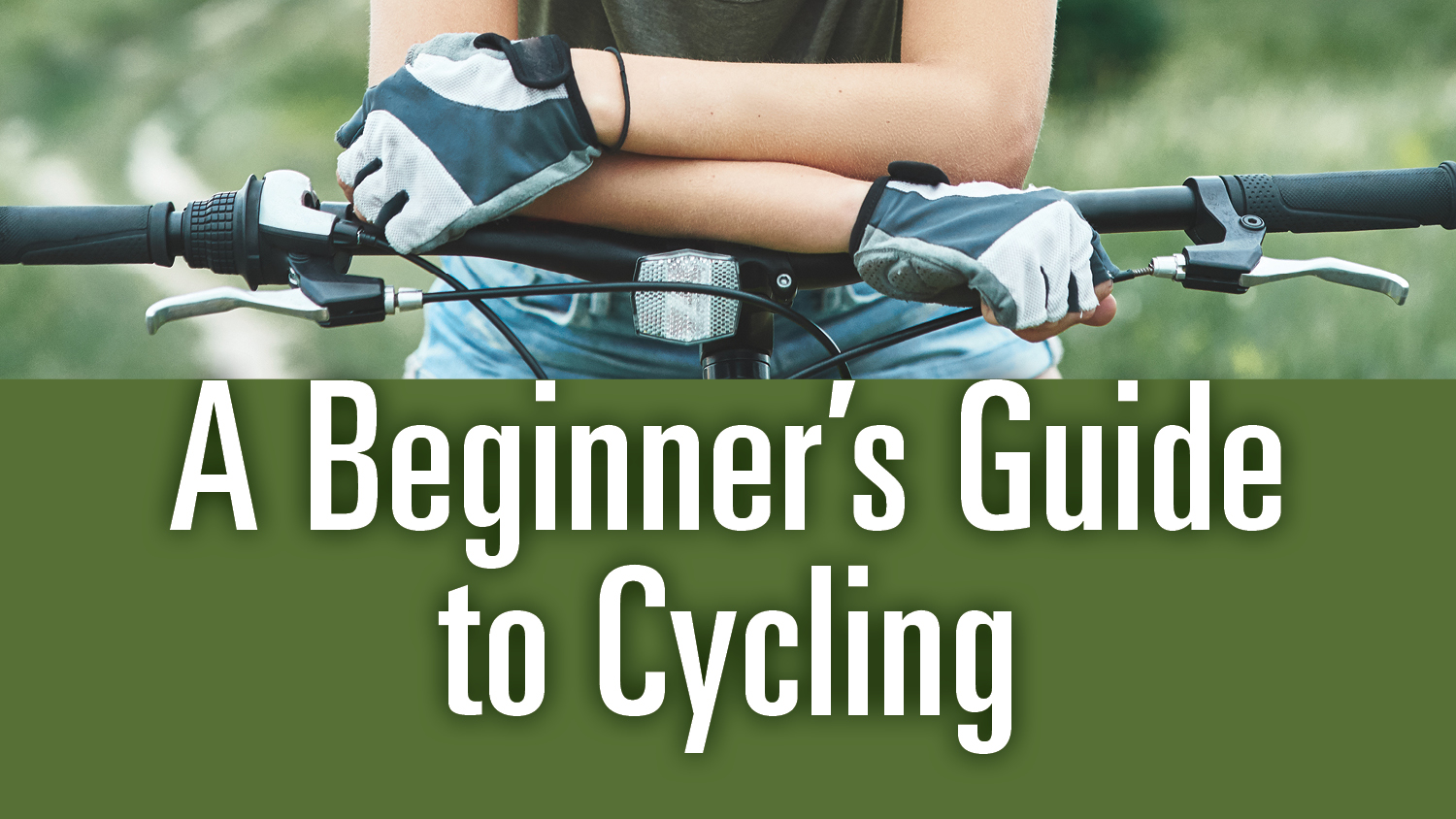A Beginner’s Guide to Cycling

As you continue to navigate your way through the ups and downs of university life, taking steps towards living an active life becomes increasingly important. Active living doesn’t just mean going to the gym regularly, it means finding ways to incorporate physical activity into your everyday routine and includes a number of activities, such as walking to the grocery store or climbing stairs on your way to work. One increasingly popular avenue of active living includes cycling! Whether it be cycling competitively or simply riding your bike to school, cycling offers a range of benefits – including improved mental well-being, stronger bone health and increased energy levels.
6 Tips to Start Cycling
- Find out which kind of cycling works for you
There are several different types of cycling ranging from mountain biking, BMX, road biking, and commuting. Regardless of the one you choose, it’s important to do your research and try out different types to find which one you enjoy the most.
- Have the appropriate equipment
Depending on the type of cycling you are interested in, you may need different types of equipment. You may already own some of the things you need! Commonly used equipment includes a bike light to increase visibility, comfortable shoes and clothing, and a backpack. Helmets are always essential to reduce your risk of injury or death. It is best to wear a helmet that is the right fit, worn correctly, and approved by safety organizations.
- Check out MACycle for affordable bikes, tools and accessories.
- Visit hamilton.socialbicycles.com to register for a SoBi account and receive a discount as a McMaster student.
- Know the rules of the road
As a cyclist, you will often be sharing the road with other vehicles, so it is important to be familiar with the rules of the road. Cyclists must follow all traffic laws and uphold the same rights and responsibilities as a driver.
The Cycling Skills: Ontario’s Guide to Safe Cycling by the Government of Ontario is a helpful resource to refer to for rules and safety guidelines useful for all riders.
- Know where you can ride and plan your route
Before you head out for a ride, it’s important to do research about your route and to know where you are allowed to ride. As a general rule, you can ride on most roads on the right side except on controlled access highways, like the 400-series highways. If you’re crossing a pedestrian crosswalk, you must walk your bike to the other side.
There are a growing number of roads that have designated bike lanes. Plan your route to follow roads with bike lanes or roads with less traffic for a more comfortable ride. Google maps can suggest bicycle route directions, make sure to review the route and check out street view if you’re unfamiliar with the area.
- Join a Cycling Group or Community
Joining a local cycling group, such as the Hamilton Cycling Club, is a valuable tool in meeting new people, learning about your local community and drawing on the knowledge of more experienced cyclers to overcoming any challenges you may face as a novice cycler.
By: Abeer Ahmad
Mention: This article is based upon the contribution of Abbie Little, Community Relations Coordinator – Experiential Learning in the Academic Sustainability Programs Office at McMaster University.
Physical Activity, Physical Health
